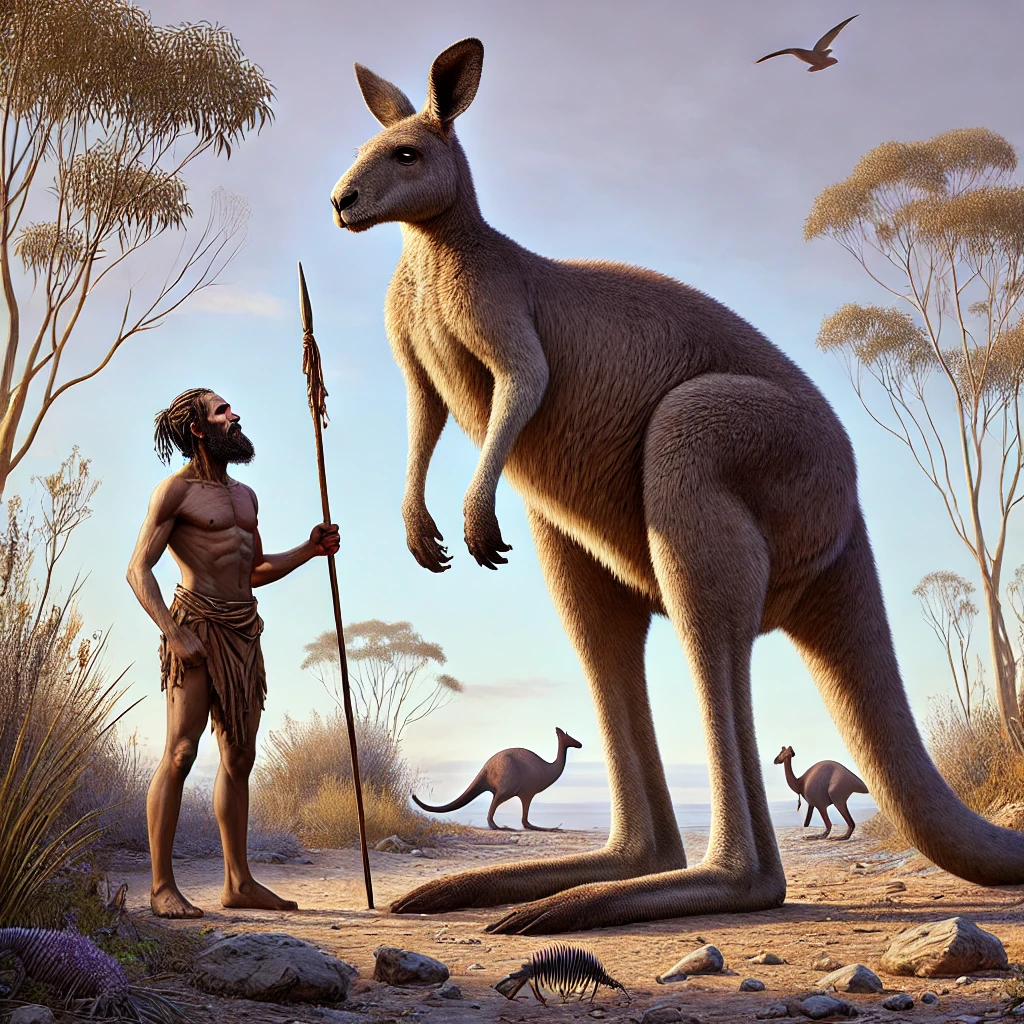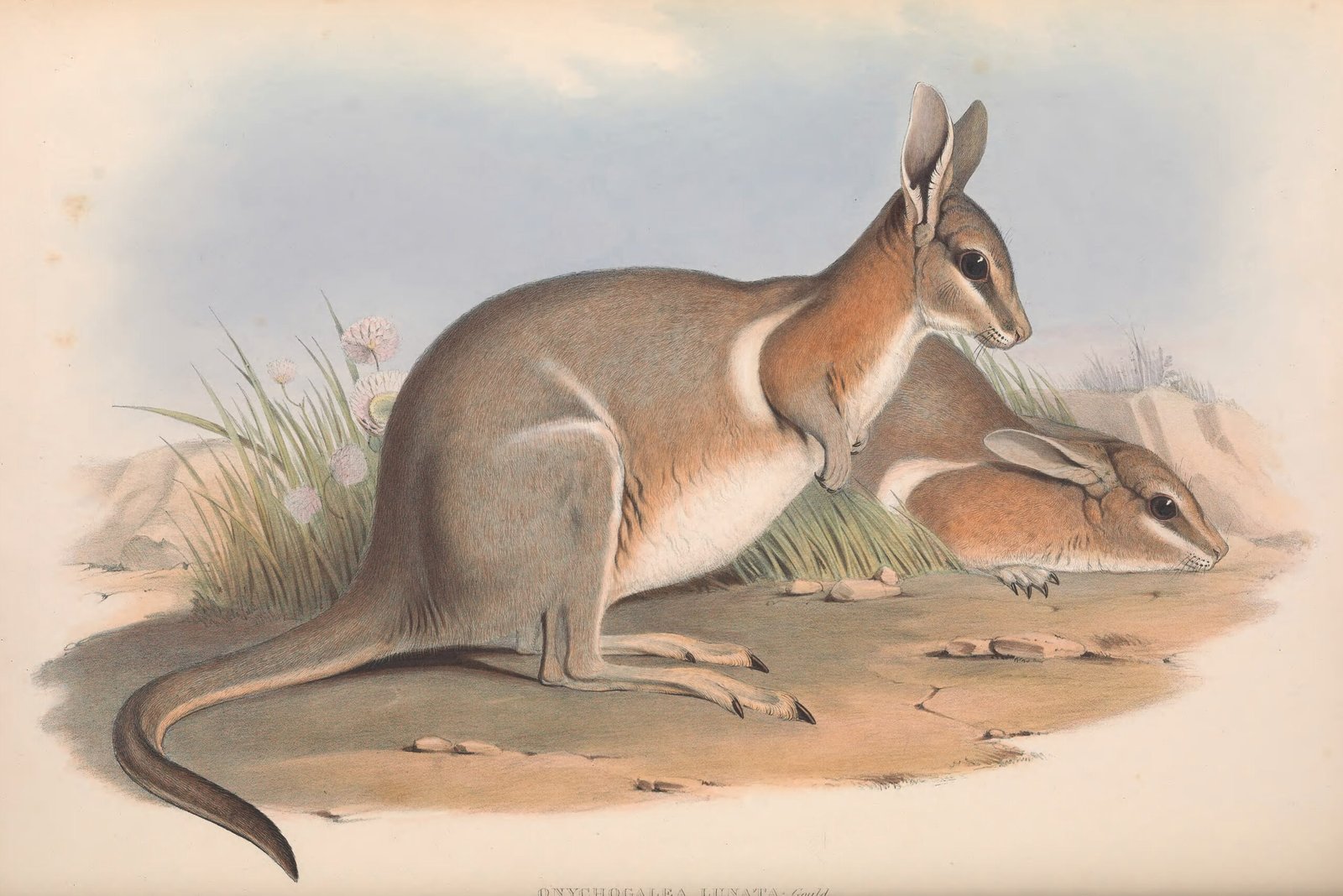Unveiling the Giant Wombat: A Prehistoric Titan of Australia
Introduction:
The Giant Wombat, scientifically known as Diprotodon optatum, was the largest marsupial to have ever roamed the earth. This colossal herbivore, often referred to as the Giant Wombat, inhabited the woodlands and forests of ancient Australia during the Pleistocene epoch. Despite its imposing size, the Giant Wombat went extinct around 46,000 years ago, likely due to a combination of climate change and human hunting. Its remains provide valuable insights into Australia’s prehistoric megafauna and the challenges they faced during environmental changes.
Facts:
| Attribute | Details |
|---|---|
| Scientific Name | Diprotodon optatum |
| Common Names | Giant Wombat, Diprotodon |
| Extinction Timeline | Approximately 46,000 years ago |
| Kingdom | Animalia |
| Phylum | Chordata |
| Class | Mammalia |
| Order | Diprotodontia |
| Family | Diprotodontidae |
| Genus | Diprotodon |
| Species | D. optatum |
| Natural History and Origin | Native to the forests and woodlands of Australia |
| Physical Information | Large size, up to 4 meters in length, weighing up to 2,800 kg |
| Appearance | Robust body, short legs, large head with a broad snout |
| Scientist Names | Described by paleontologists studying fossil remains |
| Region | Australia, particularly in the eastern and southern regions |
Appearance:
The Giant Wombat was a massive marsupial, measuring up to 4 meters (13 feet) in length and weighing as much as 2,800 kilograms (6,200 pounds). It had a robust body, short legs, and a large head with a broad snout. Its overall appearance was similar to that of modern wombats, but on a much larger scale. The Giant Wombat’s thick skin and sturdy build were adapted to its herbivorous lifestyle, allowing it to feed on a variety of plant materials.
Distribution:
Historically, the Giant Wombat roamed the forests and woodlands of Australia, with fossil evidence indicating a wide distribution across the eastern and southern regions of the continent. These areas provided the necessary vegetation and water sources for the giant herbivore.
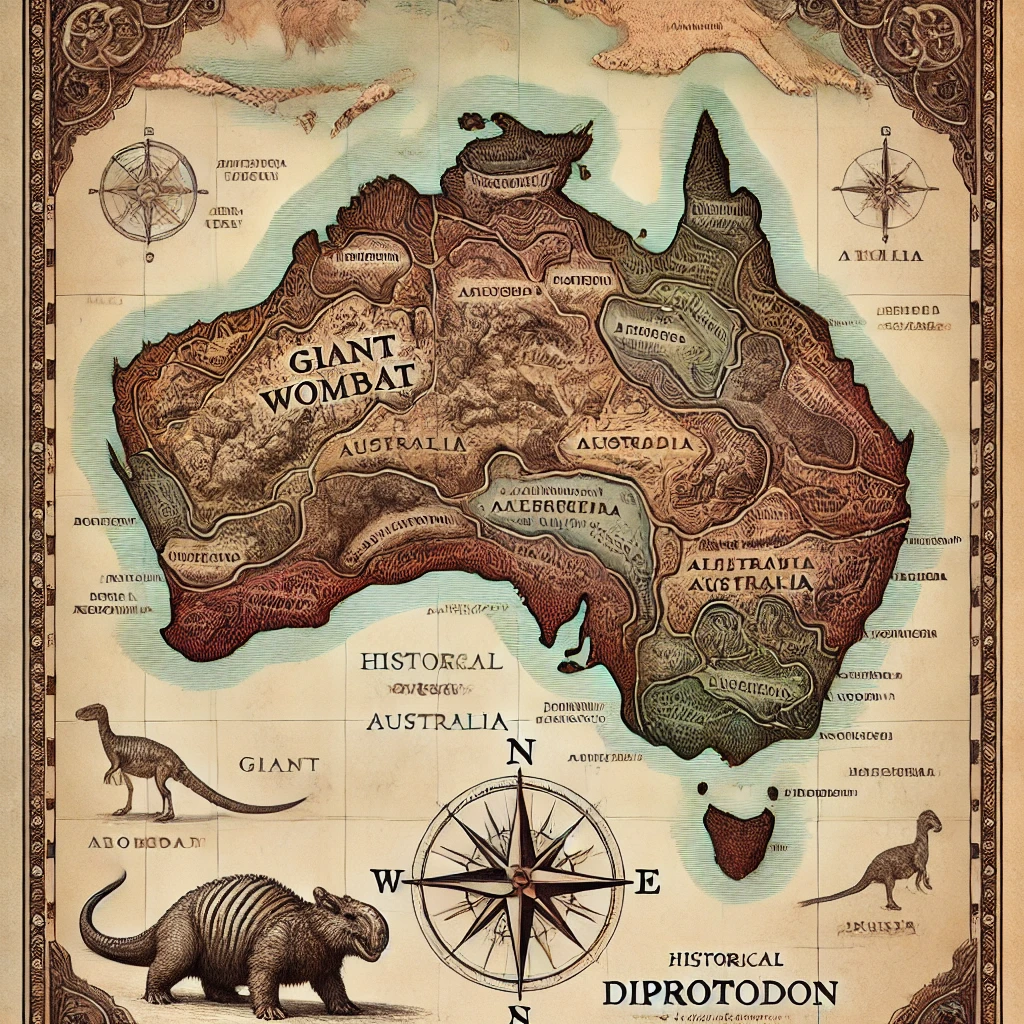
Habits and Lifestyle:
The Giant Wombat was primarily a browser, feeding on leaves, shrubs, and other vegetation. Its large size allowed it to reach higher foliage that smaller herbivores could not access. The Giant Wombat was likely a solitary animal, although it may have gathered in groups when food was abundant. Its slow, deliberate movements and robust build were well-suited for a life spent foraging in dense forests and woodlands.
Physical Characteristics:
The Giant Wombat had several distinctive physical features. Its broad snout and strong jaws were adapted for grinding tough plant material. The animal’s thick skin provided protection from predators and the environment, while its short, sturdy legs supported its massive body. The Giant Wombat’s overall build was similar to that of modern wombats, but on a much larger scale, making it one of the most impressive megafauna of its time.
Diet and Nutrition:
As a herbivore, the Giant Wombat primarily fed on a variety of plant materials, including leaves, shrubs, and possibly fruits. Its diet was well-suited to the forest and woodland environments where it lived, allowing it to browse on a wide range of vegetation. The Giant Wombat’s digestive system was adapted to break down tough plant fibers, allowing it to extract maximum nutrition from its food.

Behavior:
Giant Wombats exhibited solitary behavior, with each individual maintaining its own territory. They communicated through vocalizations and body language, especially during the breeding season. The Giant Wombat’s slow, deliberate movements and robust build were well-suited for a life spent foraging in dense forests and woodlands. Their size and strength allowed them to navigate through thick vegetation and access food sources that were out of reach for smaller herbivores.
Cause of Extinction:
The extinction of the Giant Wombat around 46,000 years ago was likely due to a combination of climate change and human activity. The end of the Pleistocene brought significant environmental changes, including shifts in vegetation and water availability. Additionally, early human populations in Australia may have hunted these large marsupials, further contributing to their decline. The combination of these factors ultimately led to the extinction of this impressive megafauna species.
FAQs:
| Question | Answer |
|---|---|
| What led to the extinction of the Giant Wombat? | Climate change and human hunting. |
| When did the Giant Wombat go extinct? | Approximately 46,000 years ago. |
| What did the Giant Wombat eat? | It fed on leaves, shrubs, and possibly fruits. |
| Why is the Giant Wombat significant? | It provides valuable insights into Australia’s prehistoric megafauna and the challenges faced by large herbivores during environmental changes. |
| Are there efforts to study the Giant Wombat? | Ongoing paleontological research aims to uncover more information about its life and extinction. |
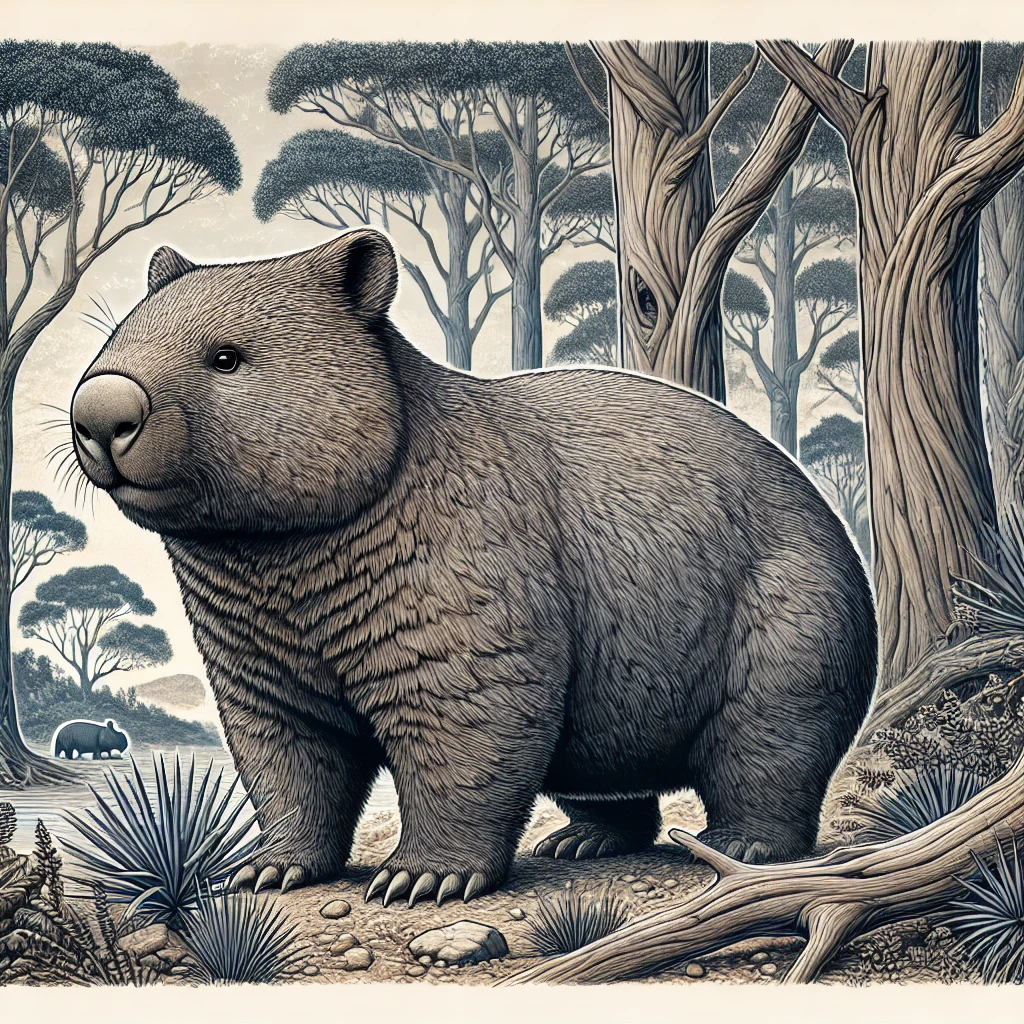
Keywords:
Giant Wombat, Diprotodon optatum, extinct megafauna, Australian wildlife, Pleistocene epoch, climate change impacts, human hunting, herbivorous marsupials, prehistoric fauna, natural history, species adaptation, environmental shifts, paleontological research, solitary animals, forest ecosystems, wildlife extinction.
Categories:
- Extinct Mammals
- Australian Wildlife
- Paleontological Research
- Pleistocene Ecosystems
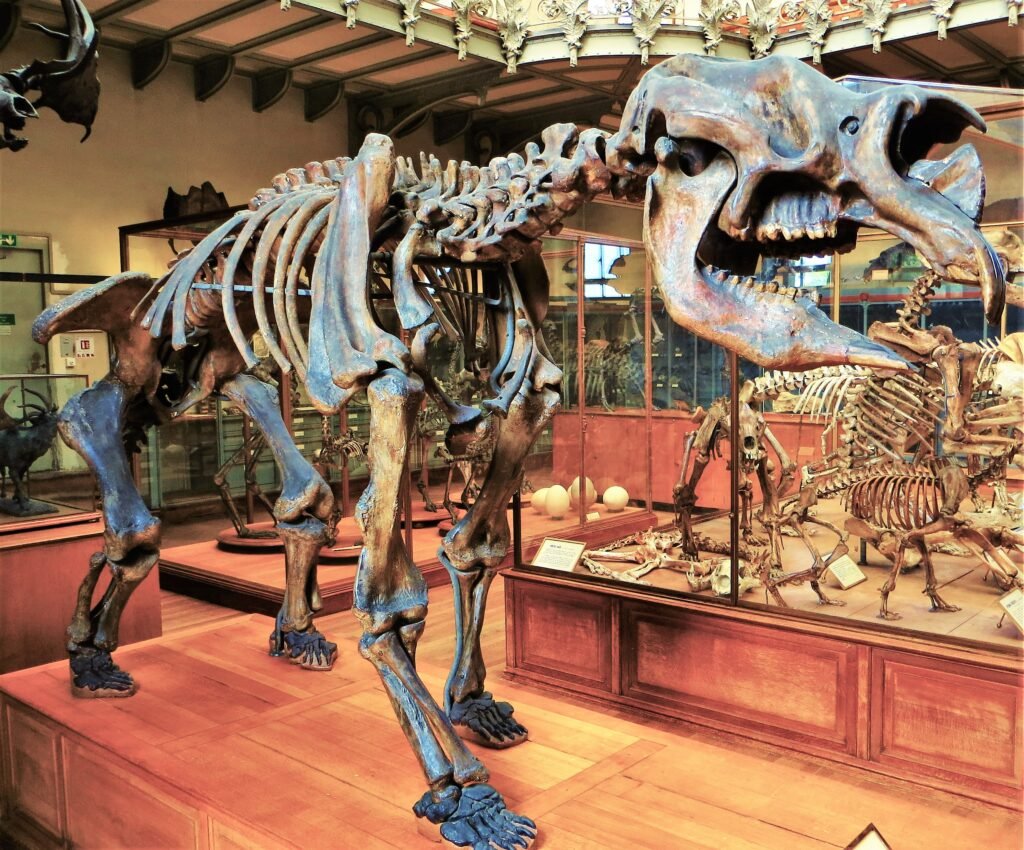
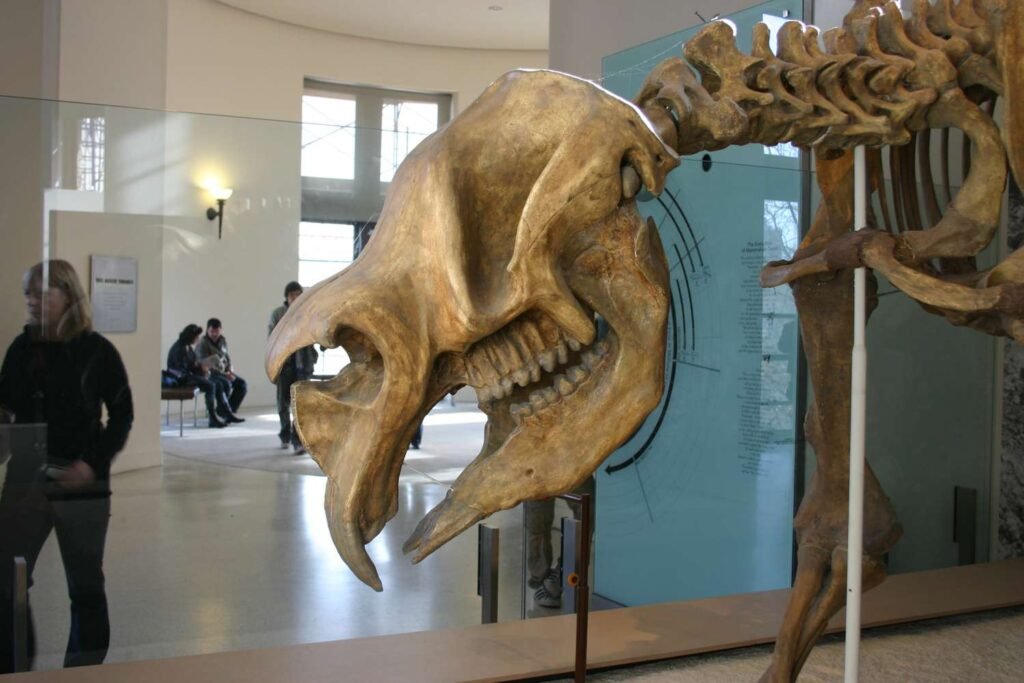
-
Sea Mink: The Lost Predator of the North Atlantic

Rediscovering the Sea Mink: An Extinct Coastal Hunter Introduction: The Sea Mink, scientifically known as Neogale macrodon, was a large,…
-
Moa: The Extinct Giants of New Zealand
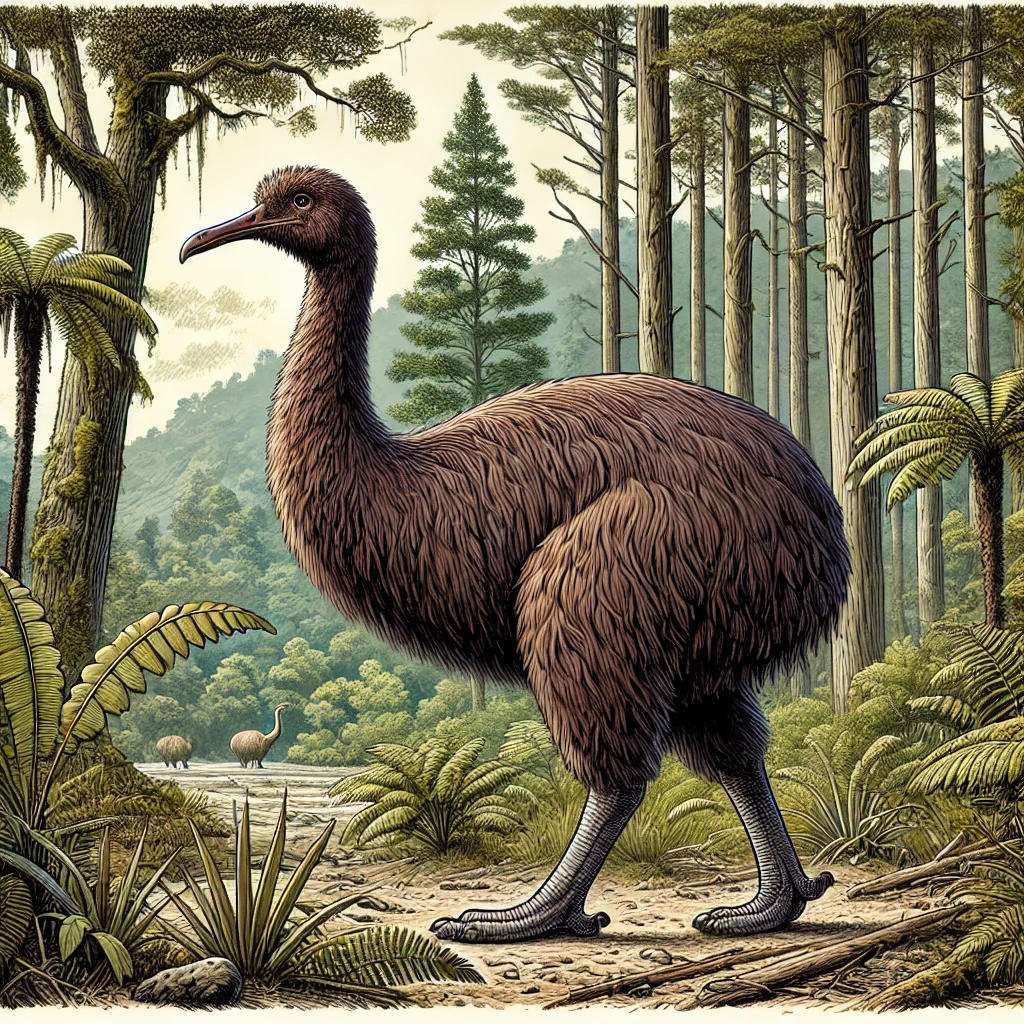
Exploring the Moa: New Zealand’s Lost Giants Introduction: The Moa, belonging to the order Dinornithiformes, were a diverse group of…
-
Dodo: The Iconic Symbol of Extinction

Unraveling the Dodo: The Lost Bird of Mauritius Introduction: The Dodo, scientifically known as Raphus cucullatus, was a flightless bird…
Views: 9

